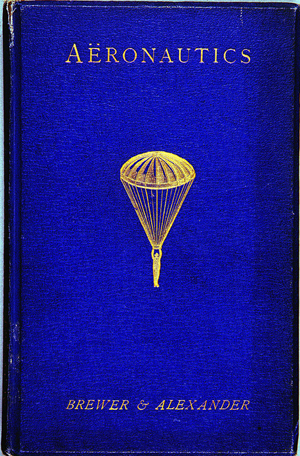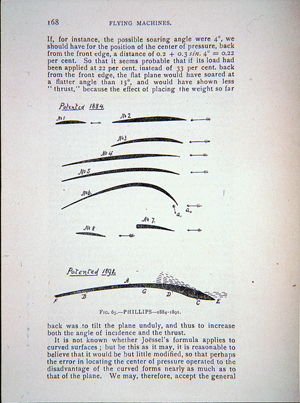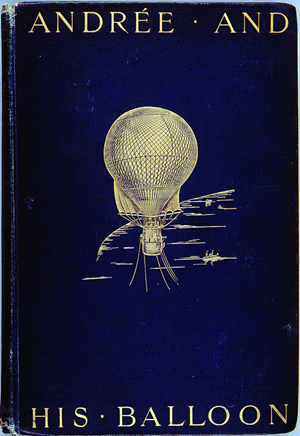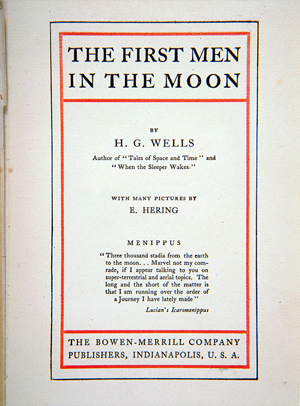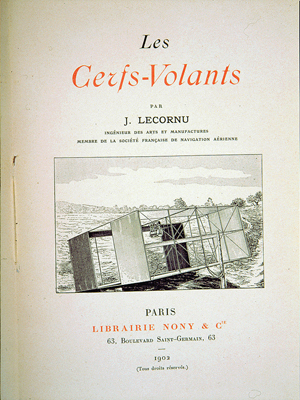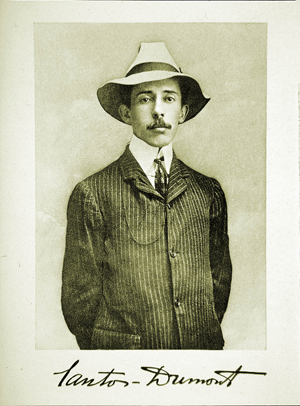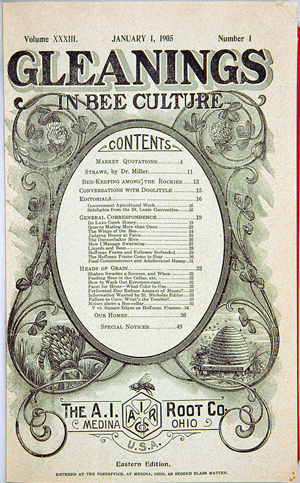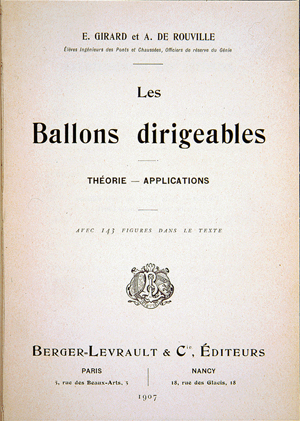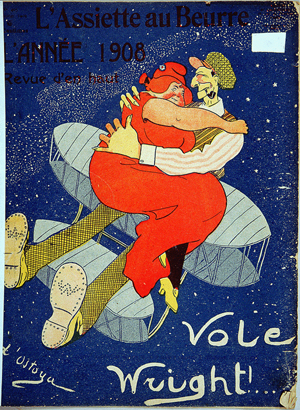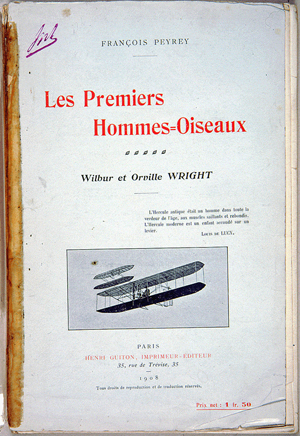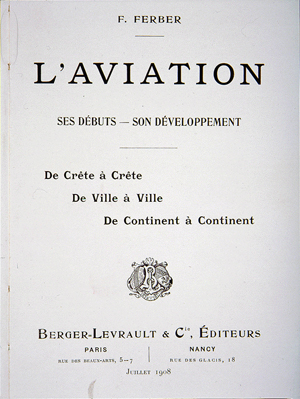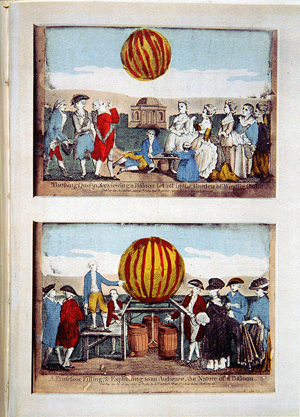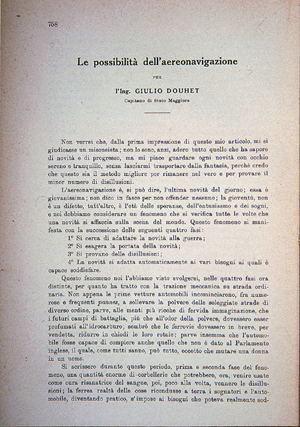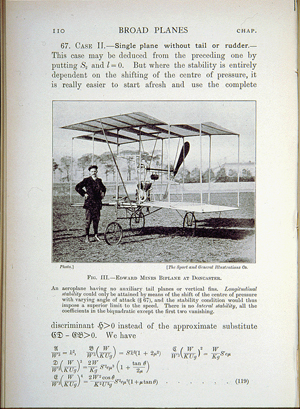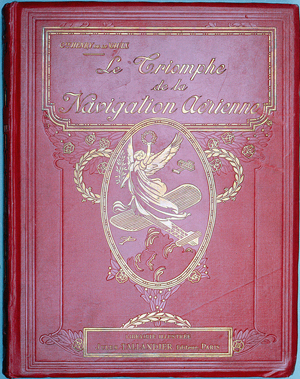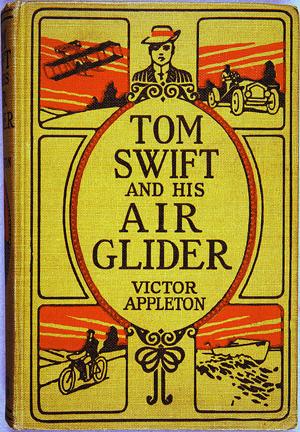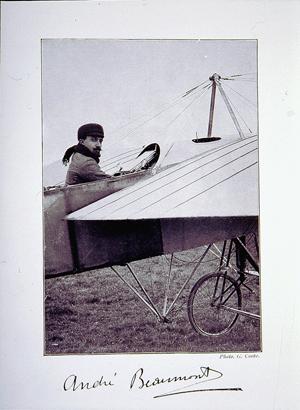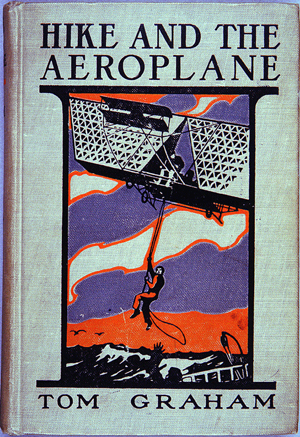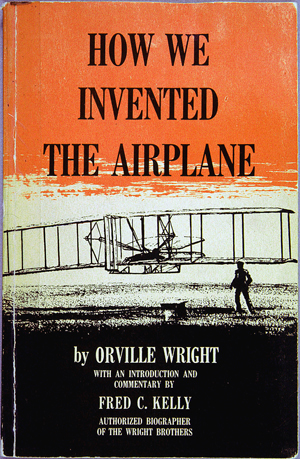Henri Lachambre and his associate and nephew, Alexis Machuron, were among the leading balloon builders of fin de siècle Paris. During the winter of 1895-1896, the firm won the contract for the construction of a very large balloon designed to carry a crew of three from the Norwegian island of Spitsbergen to the North Pole and on to a safe landing. Salomon August Andrée, chief engineer of the Swedish Patent Office, was to head the expedition, accompanied by Nils Strindberg and Knut Fraenkel. The project was privately funded and attracted the support of both Alfred Nobel and King Oscar of Sweden.
The finished balloon, named the Ornen (Eagle), had a volume of 170,000 cubic feet. It was constructed of 3,360 individual pieces of silk sewn together with 8.4 miles of thread. Fifteen miles of Italian hemp made up the net that supported the large closed basket, or gondola. The expedition was well equipped to deal with any emergency encountered aloft or on the ice. The intrepid explorers would report their progress to a waiting world via carrier pigeon.
At 1:43 P.M. on the afternoon of July 11, 1897, the Ornen rose slowly to an altitude of some 300 feet over Dane Island, Spitsbergen, then began to move in a northeasterly direction over Virgo Harbor. The first serious attempt to reach the North Pole by air was under way at last. The balloon dipped so low that the basket touched the water, then rose rapidly to an altitude of 1,950 feet. Observers on shore noted that the huge craft was still moving to the northeast when it vanished into the clouds and into history, at 1:56 P.M.
The disappearance of the Ornen and its three passengers, Salomon August Andrée, Nils Strindberg, and Knut Fraenkel, was one of the first great mysteries of the air age. Thirty-three years later, on August 5, 1930, the Bratvaag, a sealing vessel chartered by a Norwegian scientific expedition, sent a party ashore to explore White Island, a remote spot of land east of Spitsbergen. To their astonishment, members of the party stumbled into the last camp of the Andrée expedition. In addition to the remains of the three explorers, the crew of the sealer found cameras, diaries, logbooks, letters, maps, and diagrams that chronicled the expedition from takeoff until October 7, 1897. Developed more than three decades after they had been taken, the photographs provided a ghostly visual record of the final days of the Andrée expedition. The old mystery was solved.
The records revealed that the Ornen had crashed on the ice far to the northeast of Spitsbergen just three days after takeoff. Their dream of reaching the pole dashed, the three explorers had then started back toward the Arctic coast on foot, dragging what equipment and supplies they could salvage. Their goal was to reach Spitsbergen before winter.
Instead, they were forced to pitch their final camp on White Island. All three men died within a few days of reaching the island. Death came as a result of exposure to the elements, although other factors, notably the consumption of tainted polar bear meat, have also been cited as possible causes of death.

